by Penny Pawl, UC Master Gardener of Napa County
According to a long-term forecast I heard recently, we may not see substantial rain until April and could be facing drought by summer. With that possibility in mind, you can take steps now to help your plants survive.
First, don't rake up those leaves. They protect the soil, help retain moisture and slowly break down and improve the soil.
I cover my vegetable beds with plain cardboard and leaves for the same purpose. Worms adore cardboard glue and will come to the area, add their manure to the soil and aid the soil bacteria. Worm droppings, also called worm gold, is expensive so it's smart to encourage worms in your garden.
If the cardboard has not completely decomposed when you are ready to plant, just cut a hole in the cardboard for the plant. Several years ago, I did an experiment and planted some plants in plain soil and the rest in holes in cardboard that I laid for that purpose. The ones planted in cardboard did better as the soil retained more moisture.
If you have space, dig a few swales. You can make them artful by putting in curves and planting drought-tolerant plants on the edges. When it rains, runoff will be captured in the swales rather than in the gutter and will slowly percolate into the soil. Ideally, runoff should drain in three days to avoid standing water that attracts mosquitos. And your garden will benefit by having water stored a few feet below the soil surface. Some people fill in their swales with sticks, straw or other material and cover them, but I like to see when the swales are full of rainwater.
Do some research on drought-tolerant plants from other regions of the world with a Mediterranean climate. Also consider California native plants, which have evolved to require little water. About three years ago, I planted Pride of Madeira (Echium candicans), which is native to the island of Madeira. I haven't watered it in two years and it just keeps going. Other choices may not be this hardly and may need water occasionally, especially when first planted.
Group plants with similar water needs so you can irrigate more strategically. Sunset's Western Garden Book can advise you on the water requirements of a plant you're considering. You can also find a chart on the water needs of plants at https://arboretum.ucdavis.edu/arboretum-all-stars
Set up a rain harvesting area. I devised two different systems some years ago and both work well. They are attached to downspouts and collect rainwater for use on my plants. I don't have pumps on either system, but I built them higher than ground level so they drain well. Make sure to use screens or other covers where the water collects to foil mosquitos.
When you do irrigate, water deeply. The feeder roots of most plants are deep in the ground. Water that just penetrates the first few inches of soil won't reach the feeder roots on most plants.
If you're designing a new landscape, choose paths over concrete walkways. Paths allow rainwater to soak into the soil. Choose gravel, bark mulch or steppingstones, all of which allow water to penetrate.
And remember to compost, compost, compost. You can make your own or purchase finished compost. Compost is not a great fertilizer, but it improves soil tilth, so your soil will retain more water. Work compost into the soil. In contrast, materials used for mulch should remain on top of the soil to minimize evaporation, keep the soil cooler and control weeds. Weeds will steal water from plants so controlling weeds is important.
Be sure to deadhead most of your spent flowers, although you may want to leave some to benefit the birds. Setting seed takes energy so a plant that isn't deadheaded may require more water.
Napa Library Talks: First Thursday of each month. Register to get Zoom link. http://ucanr.edu/wildlifehabitat2020
Got Garden Questions? Contact our Help Desk. The team is working remotely so please submit your questions through our diagnosis form, sending any photos to mastergardeners@countyofnapa.org or leave a detailed message at 707- 253-4143. A Master Gardener will get back to you by phone or email. For more information visit http://napamg.ucanr.edu or find us on Facebook or Instagram, UC Master Gardeners of Napa County.
Attached Images:
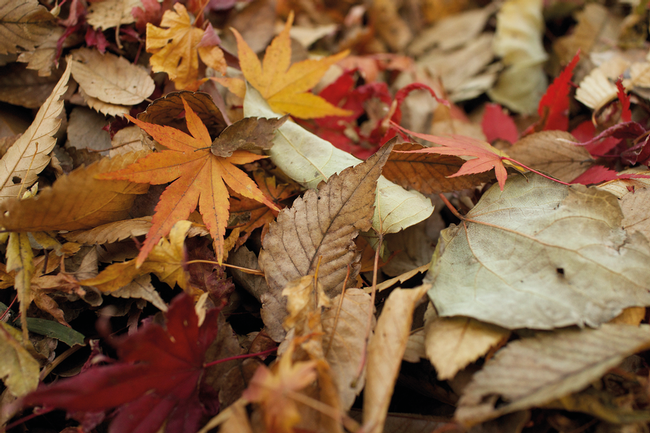
Fall leaves, another look. (reuthes.com)
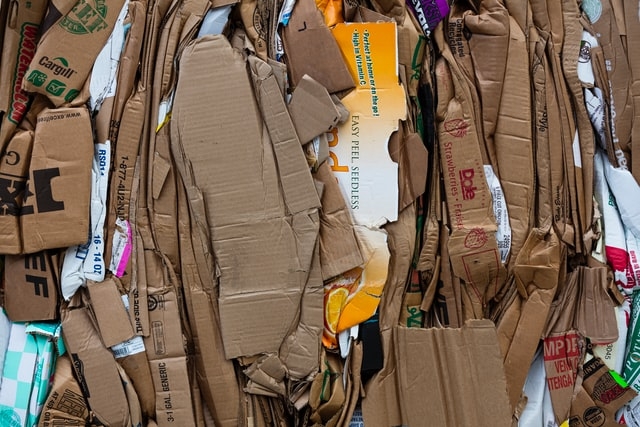
Cardboard in the garden. (Jon Moore Unsplash)
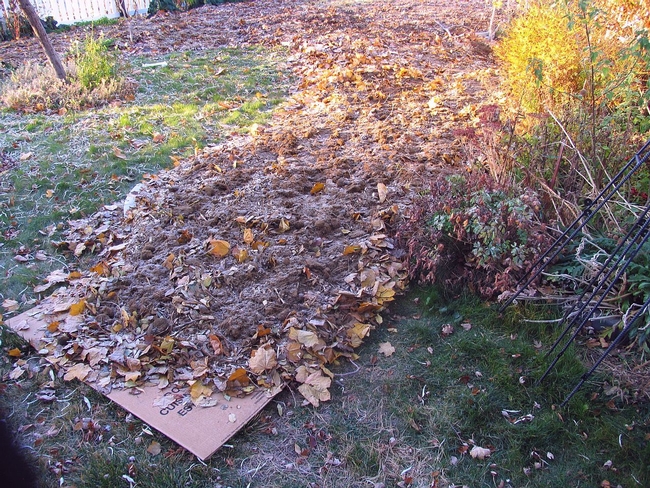
Cardboard with leaves. (gardenprofessors.com)
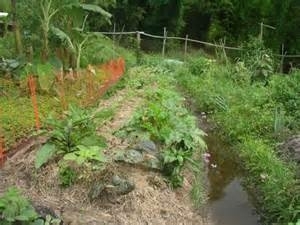
Swale--keep a little rainwater in the garden. (ucanr.edu)
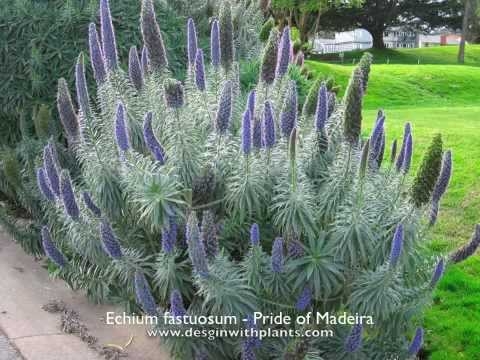
Pride of Madeira. (designwithplants.com)
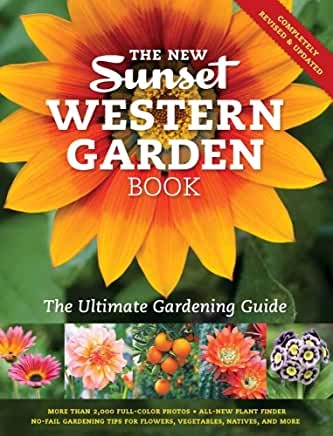
Sunset Western Garden book (sunset.com)

UC Davis Arboretum All Stars (available at the website as a pdf). (arboretum.ucdavis.edu)
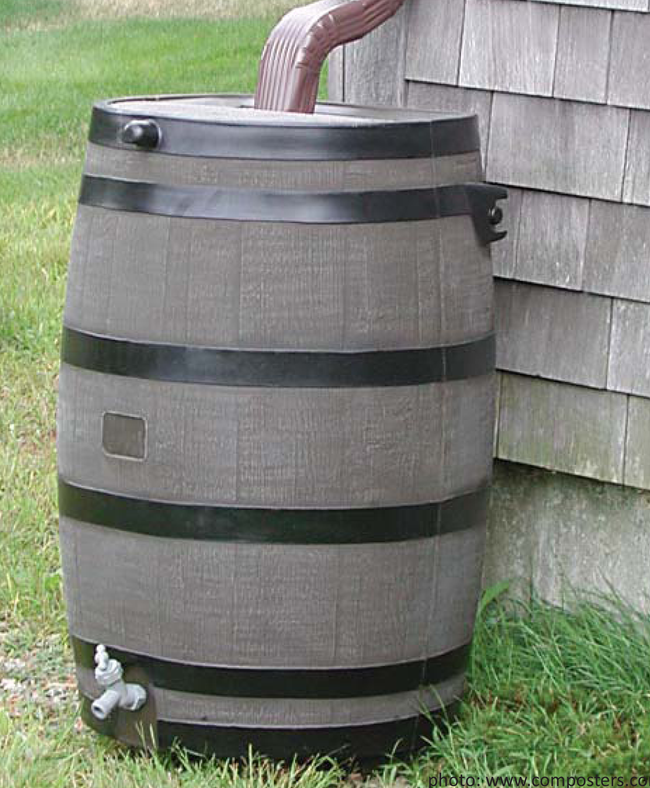
One way to collect rainwater. (askbobcarrcom)
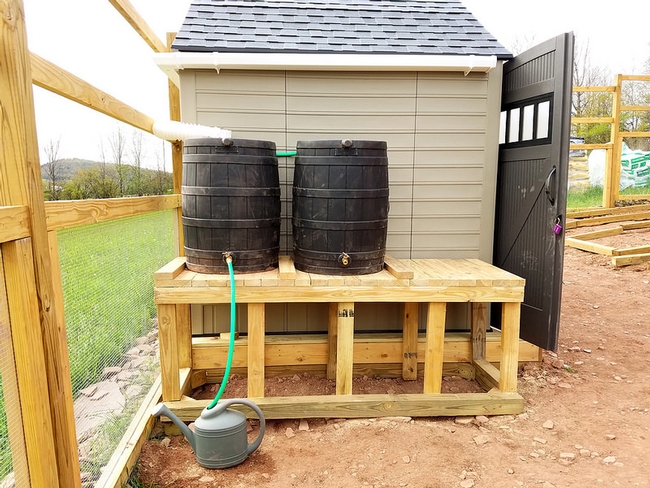
Another rainwater collection. (brooklynfarmgirl.com)
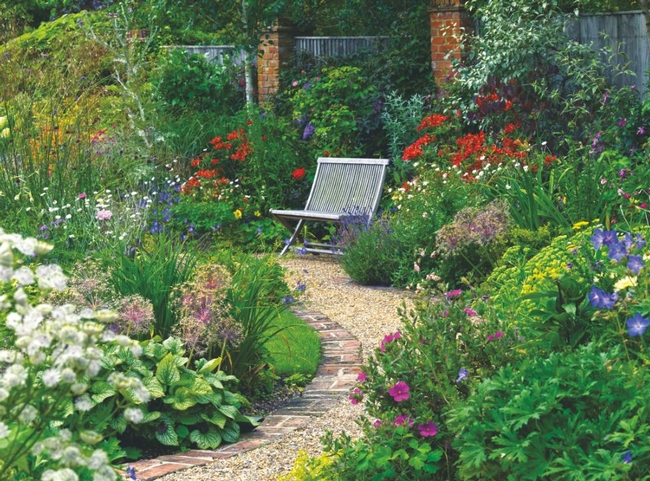
Unpaved paths keep rainwater in your garden. (womansweekley.com)
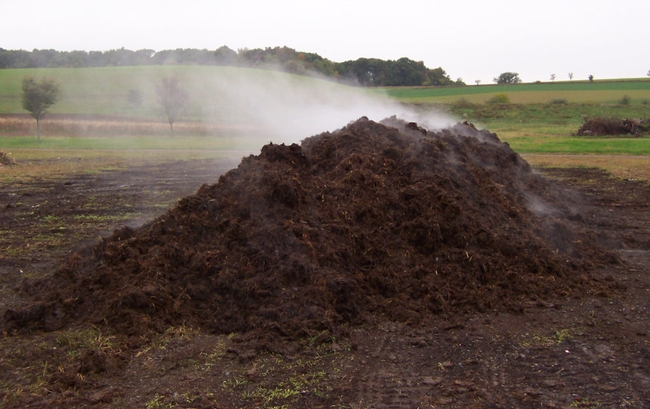
Compost, good for soil tilth. (rodaleinstitute.org)
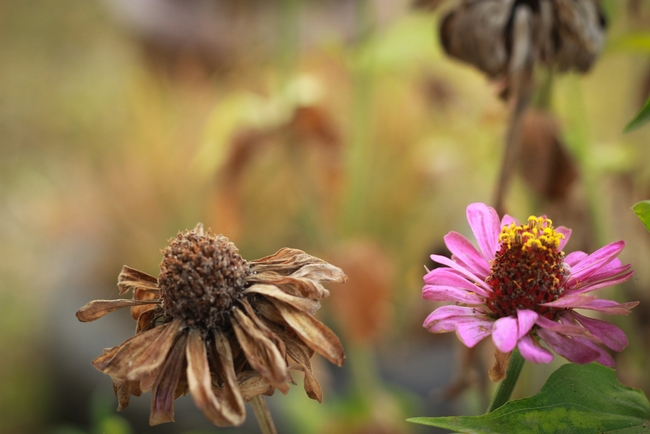
Deadheading--put them in your own compost pile. (cottonwoodland.com)
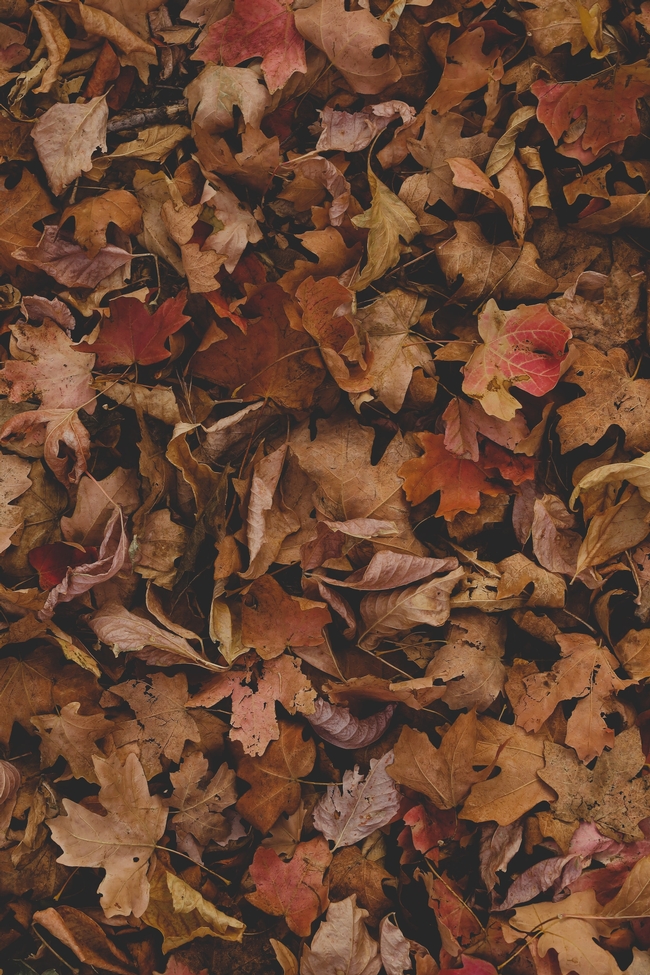
Fall leaves, keep them! (Courtney Smith Unsplash)